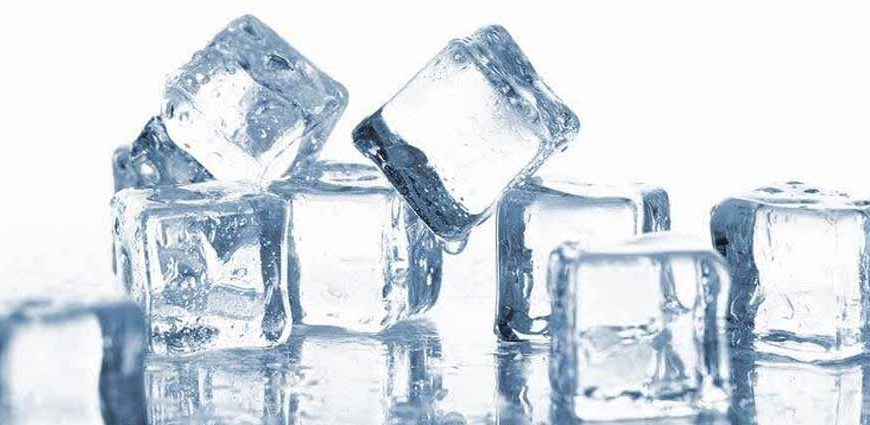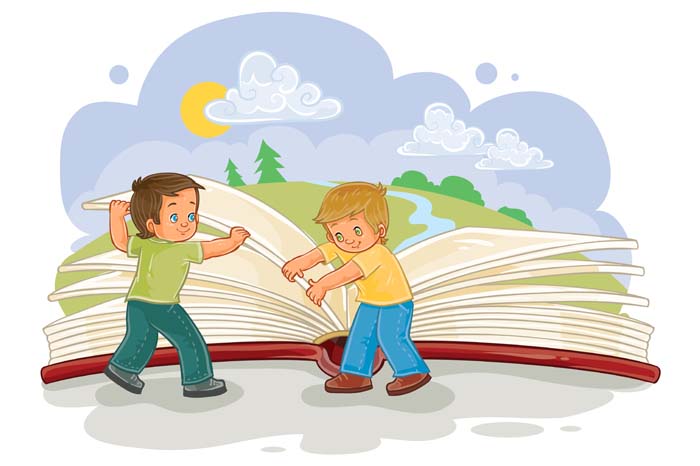For young children, mastering a language is essential. Children should be able to thread words together in brief phrases by the time they are five years old and have a vocabulary of more than 2,000 words. Some children, however, find it difficult to reach these early language milestones for a number of reasons, such as environmental influences, developmental delays, and a lack of exposure and engagement. Preschool and early primary teachers thus require innovative and stimulating activities to encourage spoken language development in the classroom. One simple but effective tool is the use of ice cube play. Children may practice using language to describe their experiences and acquire new terminology via hands-on, multisensory interactions with melting ice. The evidence supporting the use of ice cube exercises to promote early language development will be discussed in this article, along with practical suggestions instructors may implement in their preschool and kindergarten classes.
The Importance of Early Language Development:
Developing language skills starts at birth as infants begin cooing and making word-like babbling noises. This stage builds to first words around 12 months and short two- to three-word phrases by 18-24 months. A normal child’s vocabulary ranges from 300–1000 words at age three to around 2500 words by the time they enter first grade (Cassidy et al., 2020). Children’s brains are primed for rapid language acquisition during what is known as a “sensitive period,” which accounts for this exponential increase in the early years (Robertson, n.d.). The neural pathways responsible for understanding and producing oral language form connections quickly during this window.
However, some children struggle to achieve typical language milestones due to developmental delays, disabilities like autism spectrum disorder, or environmental factors such as limited exposure to language in the home (Brumbaugh & Smit, 2013). These children are identified as having language delays or disorders and benefit greatly from targeted, individualized intervention as early as possible to capitalize on the sensitive period for language learning. Using fun but functional activities like ice cube play can be an effective and developmentally appropriate technique for building language in preschool-aged children with delays.
Why Use Ice Cubes for Language Learning?
Ice cube activities are an inexpensive, hands-on way to engage children in play-based language learning. The cold sensation of the ice provides strong tactile input to the child’s sensory systems. Sensory stimulation helps grab children’s attention and interest in the activity (Froschauer, n.d.). Watching the ice melt also adds visual stimulation. The multisensory nature of ice play aligns with theories of early childhood development that children learn best through hands-on interaction with their environment (Hyson, 2008).
In addition, ice cube play naturally promotes verbal interaction as children observe, describe, and discuss what is happening. Teachers can model new vocabulary words like “cold,” “wet,” “dripping,” etc. and prompt students to use these words during the activity. The motivated interest and sensory experience help children associate the new words with meaning and start using them expressively. Having children work together with the ice cubes provides opportunity for cooperative play dialog and peer language modelling. Finally, the novelty and surprise factor of the cold sensation helps maintain children’s focus and engagement in the language learning task.
Setting Up Ice Cube Activities:
Ice cube activities can be adapted for different learning goals with children across the preschool years. Here are some tips for teachers setting up effective ice play:
- Use large ice cubes or blocks for easier grasping and manipulation
- Offer different tools like turkey basters, droppers, tongs, scoops for fine motor development
- Provide containers like buckets, dishes, trays to catch melting water
- Add toys like mini animals and objects to enhance play scenario
- Use food colouring to tint ice different colours
- Embed small objects or glitter in water before freezing for discovery
- Pair with literacy books about snow, winter animals, water cycle
The sensory experience can be overwhelming for some children. Allow them to observe first before touching the ice. Supervise closely so no ice gets ingested. Have paper towels handy for spills and drips. While very cold, ice melts quickly and should not harm skin. However, limit time handling ice directly and monitor for redness.
Language Learning Activities with Ice:
Here are some specific language learning activities to try with ice cubes:
- Ice cube painting
- Ice cube sorting
- Ice cube escape
- Ice cube excavation
- Ice cube science
- Ice cube freezer
Provide paint brushes and paper. Children can dip ice cubes in paint and brush colours onto the paper as the ice melts. Talk about blending colours as they mix and describe how the paper changes.
Give containers of various sizes. Have students sort ice cubes from big to small. Or sort by shapes like squares and rectangles. Help expand positional word vocabulary through this activity.
Hide small toys or objects in ice cubes. As the ice melts, have children retrieve the objects from the water using an eyedropper or tongs. Encourage them to name each toy they find.
Freeze small dinosaurs or animals in a large ice block. Let children use tools like spoons and scoops to dig out the creatures. Use action words like “chipping”, “digging”, “hammering” to describe their work.
Put out magnifying glasses and encourage children to observe ice up close as it melts. Ask prompting questions like “What do you see happening? Why does the ice melt? Where does the water go?” Extend learning with books on the water cycle.
Have children make predictions as they put ice cubes in sensory bins of sand, soil, grass, bark, etc. Which surface makes the ice melt fastest? Slowest? Why? Encourage reasoning and comparative vocabulary like “faster/slower than”.
In each activity, model descriptive vocabulary and prompt children to expand on ideas verbally. Weave in questions, expansions, and repetitions to maximize the language learning potential. Offer specific praise for their words and speech. Having language goals in mind will help intentionally target areas like increasing receptive vocabulary, expressive word use, expanding utterance length, etc.
Oral language is a foundational skill critical for later literacy development and academic success. Preschool teachers need engaging activities to build verbal skills, especially for children with language delays who need extra practice. Ice cube play provides a simple, versatile option for promoting language development through hands-on, sensory interaction. Melting ice is interesting and motivating for children while offering opportunities to introduce new vocabulary, model descriptive language, expand utterances, and prompt peer dialogue. Whether painting with ice, making ice excavations, or experimenting with ice science, frozen water tools spark active learning through sight, sound, and touch. Children’s natural curiosity and delight in playing with ice can be channelled to create a rich, play-based language learning experience.
For more such interesting blogs, Visit EuroKids














